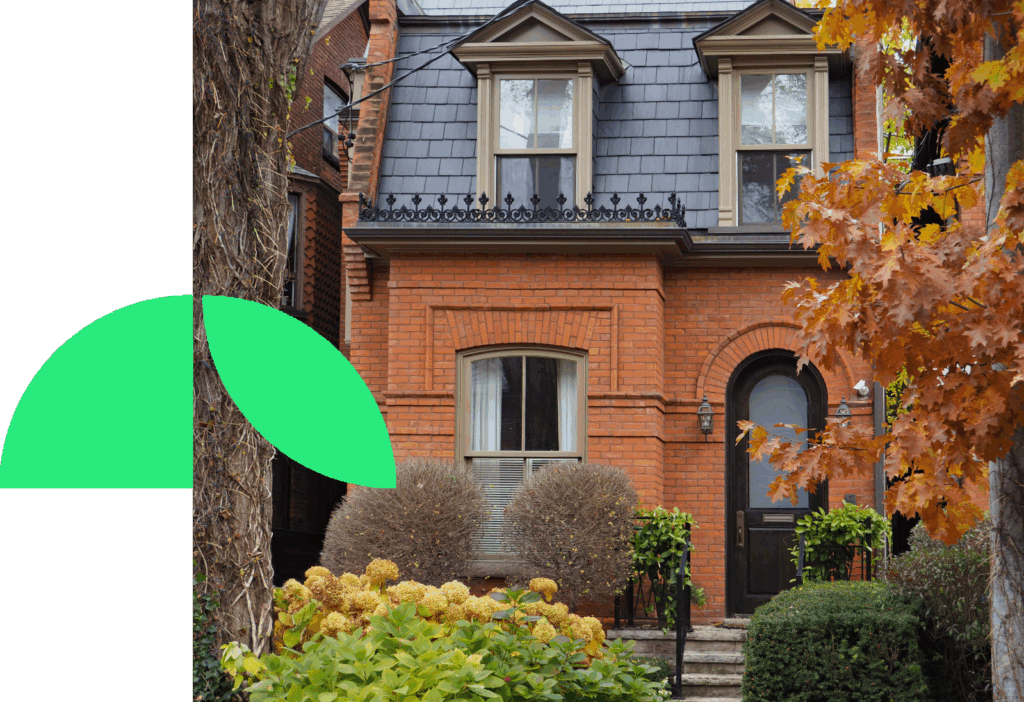The Advantages of Triple Pane Windows in Residential Architecture
Eric Rodrigues, OAA, LEED AP BD+C, CAHP
In the ever-evolving landscape of architectural design, the pursuit of energy efficiency has become a paramount consideration. One key element contributing to sustainable and eco-friendly buildings is the use of triple pane windows. These innovative windows are transforming the way architects approach design, offering a multitude of benefits that extend beyond mere aesthetics.
Understanding Triple Pane Windows
Triple pane windows are a significant leap forward from their double-pane counterparts, featuring three layers of glass separated by insulating gas. This design creates an additional barrier against heat loss and sound transmission, making them a superior choice for both residential and commercial applications.
The primary advantage of triple pane windows lies in their exceptional energy efficiency. The additional glass pane and insulating layers act as formidable barriers, significantly reducing heat transfer between the interior and exterior of a building. This translates to improved insulation, reduced energy consumption, and lower utility bills—a compelling proposition for environmentally conscious homeowners and businesses alike.

Triple pane windows allow you to have larger surfaces of glass, while having superior thermal performance compared to traditional double pane windows.
Enhanced Thermal Performance
Triple pane windows excel in maintaining consistent indoor temperatures. The extra layer of glass and insulating gas minimizes heat loss during colder seasons and restricts heat gain in warmer weather. This thermal efficiency not only enhances occupant comfort but also reduces the reliance on heating, ventilation, and air conditioning (HVAC) systems, contributing to a greener and more sustainable architectural footprint.
Noise Reduction Capabilities
Beyond energy efficiency, triple pane windows offer notable advantages in noise reduction. The multiple layers of glass dampen external sounds, creating a quieter and more serene indoor environment. This is particularly beneficial in urban settings or areas with high traffic, providing occupants with a peaceful retreat within the confines of their homes or offices.
Condensation Control
Condensation can be a concern in traditional windows, leading to potential issues such as mold and mildew. Triple pane windows, with their advanced insulation properties, minimize the likelihood of condensation forming on the interior glass surface. This not only preserves the integrity of the windows but also contributes to maintaining a healthier indoor environment.

Windows and openings are responsible for a significant portion of the energy loss in residential buildings.
Aesthetics and Design Flexibility
While functionality is paramount, triple pane windows do not compromise on aesthetics. Architects can seamlessly incorporate these windows into a variety of design styles, from contemporary to traditional, thanks to the diverse range of frames and finishes available. This design flexibility ensures that energy efficiency can be achieved without sacrificing the architectural vision.
Conclusion
In the dynamic realm of modern architecture, triple pane windows stand out as a game-changer. Their ability to enhance energy efficiency, control condensation, reduce noise, and offer design flexibility makes them an invaluable choice for architects committed to creating sustainable and comfortable spaces. As the demand for eco-friendly solutions continues to rise, integrating triple pane windows into architectural designs is a forward-thinking decision that aligns with the principles of a greener future.
I hope this article has helped you with your planning. If you have questions, book a free 30-minutes Discovery Session with Boldera Architecture. This will unlock the full potential of your project and help you develop a quick action plan. My goal is to help you develop successful projects.






